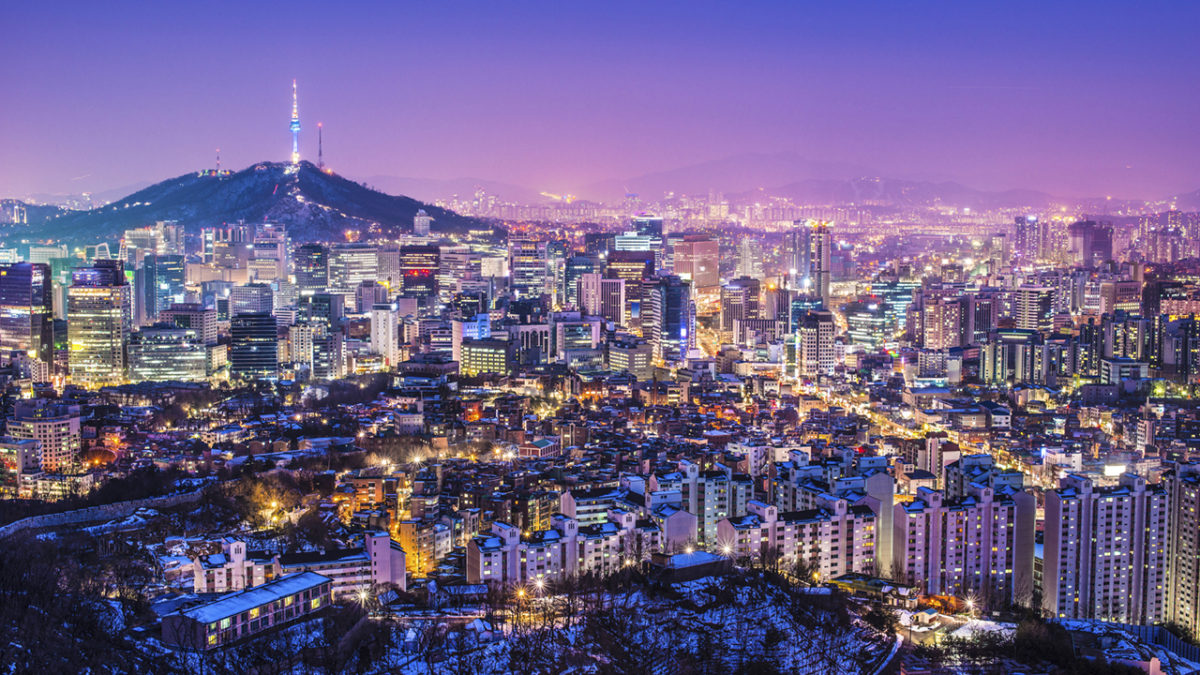Firstly, because it is a really pretty and unique country. The culture is indescribable, there are so many interesting habits and nice traditions. People are kind and so helpful and the food is amazing. Furthermore, the drinking culture is huge, and it is not over when you have a job, no then it actually starts, since you are socially obliged to go drinking with colleagues and your boss.
Okay, enough awesomeness and little facts. Let’s make this a relevant article for the course.
I went with my exchange to the immense city Seoul in South-Korea. This city just breathes technology. With the headquarters of Samsung, Hyundai Motor Company, Korea Electric power Corporation, POSCO and LG electronics, South-Korea has transformed into an economic heavyweight. South-Korea is one of the fast-growing economies. In 1960 the growth per capital was 11% of the United stated growth per capita GDP and this increased to 49% in 1995. But how did this country which was overrules by many other countries over the years grew economically so fast?
South-Korea who has never been independent before 1948, the year of their victory on Japan, has made such a tremendous transformation. Korea is in the middle of low-labor-cost China and the high-tech, capital industries of Japan. The government had to build a creative economy due to the spending on R&D which is the result of the high demand for new technological developments from its domestic customer base. The Korean government desired to develop low-manufacturing exports, which created the start of South-Korea’s economic success after the Korean War. However, the conglomerates or in Korean they are called ‘Chaebols’, emerged into strong multinational corporations who became essential for the transformation. These big companies, such as Samsung and Hyundai, enabled a massive pooling of resources. As a consequence, Korean manufacturing went into a new phase of growth which was depicted by technological leadership and innovation.
According to Bloomberg 2017 Innovation Index, South-Korea is the big winner. South-Korea is investing heavily in R&D, value added activities and patent activities, which increases the technology intensity. Your mobile phone that you are using to read this blogpost with, or where you will check your email on, is almost certainly produced in South-Korea, as it is the number one producer of cellphones. But also in displays, semiconductors and shipbuilding.
South-Korea’s strategy was and will be to diversify its economy through high-value innovation and increase global competition to create new growth industries for the future.
PS If you want to know more about South-Korea, its technological and economic development or about the people or the coffee-taste, approach me.
References
http://www.frbsf.org/economic-research/files/wp08-23bk.pdf
https://www.forbes.com/places/south-korea/
https://www.bloomberg.com/view/articles/2017-10-15/free-trade-with-south-korea-works
http://www.dw.com/en/why-innovation-is-king-in-south-korea/a-19038625


